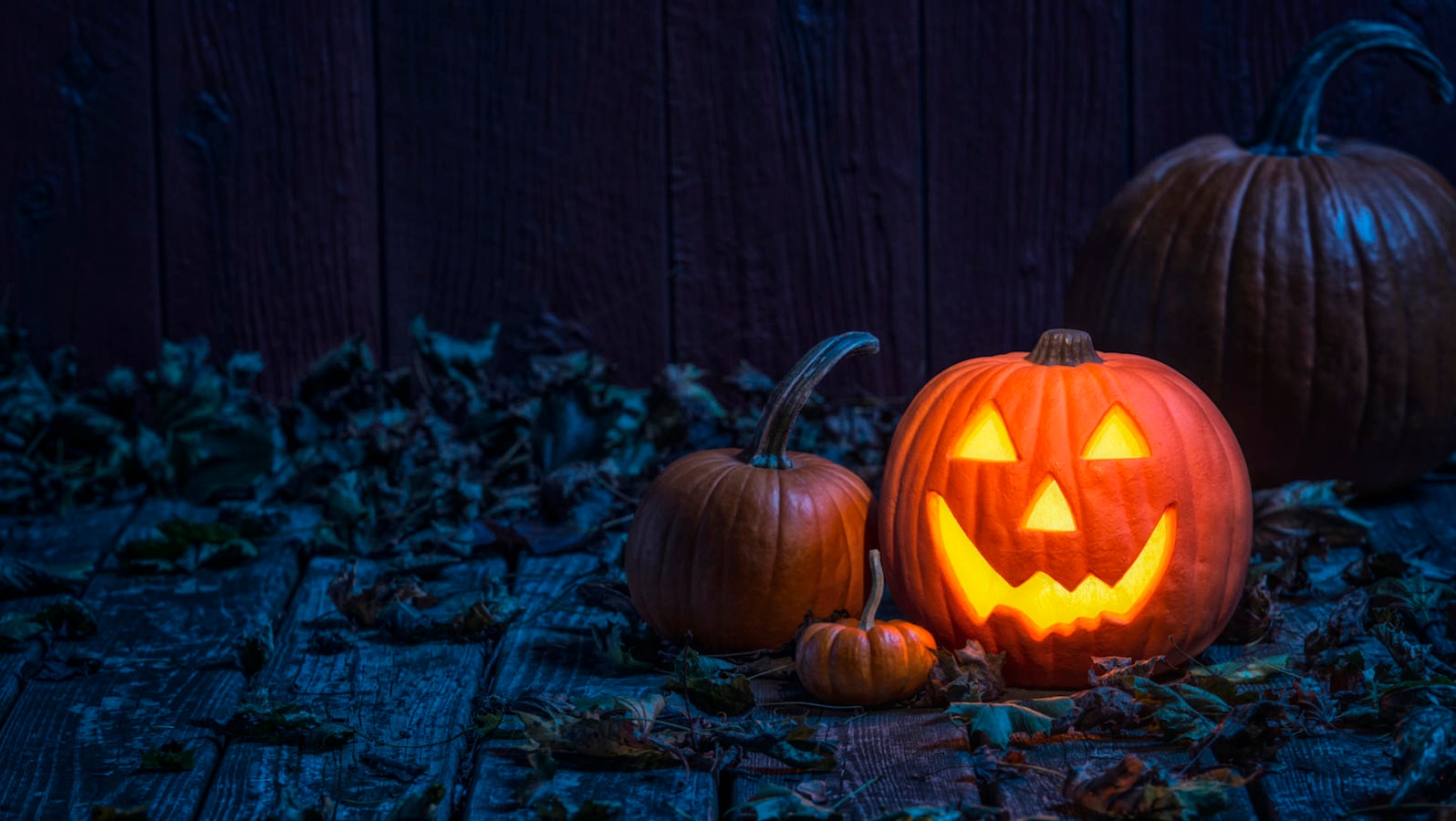Today’s guest post is from our friend (and one of our favorite scholars!) Dr. Joel M. Hoffman. Last year, we shared a piece from Michele Schipper about why her Jewish family celebrates Halloween. This year, we asked Joel for his scholarly insights on the holiday, its history, and whether or not celebrating Halloween conflicts with Jewish identity. Turns out, he had already written a good deal on the subject on his own blog, and was generous enough to let us share some of it here, too. You can learn more about Joel and his work on his website. Enjoy this not-so-scary Halloween treat!
When I was 11 years old, a grumpy Israeli teacher told me that good Jews don’t dress up for Halloween because it’s a Christian holiday when Christians persecuted Jews.
He couldn’t have been more wrong.
First of all, Halloween began as a Pagan holiday, not Christian. The Celtic Pagan year was divided into two halves. The first half, roughly from spring to fall, was for the world of light, and the second half was for the world of darkness. Holidays marked the transitions from each half to the other.
In spring, Beltane celebrated the spiritual beginning of light-filled summer days and the life-giving force of the sun.
By contrast, Samhain (pronounced “sow-an”), the precursor to Halloween, fell on November 1 and represented summer’s end, winter nights, and, in general, darkness. As is typical of gateways and transitions (which are known technically as “liminal” times), Samhain was regarded with suspicion and even reverence. It was seen as a bridge between two opposite worlds: the human world of light and good on one hand, and the netherworld of darkness and evil on the other. Samhain was the time when the inhabitants of the latter might cross over to the former.
The custom of masks and costumes probably comes from the holiday’s general celebratory character. Some people may have dressed up specifically as ghouls to chase away the real evil powers, perhaps hoping that the denizens of the netherworld would try to distribute themselves evenly, and, seeing an abundance in one place, would go elsewhere. Or they may have thought that even the goblins were afraid of other goblins.
The Catholic Church highlighted the theme of the dead on the holiday when it adapted Samhain for its own purposes, merging it into its existing day for saints. All Saints Day, as it was called, was a time for recognizing the power the saints have over the still living. In some traditions, people paid special homage to the newly dead or offered prayers on behalf of the souls stuck in purgatory, hoping to pave a way to heaven rather than hell. Some people carried candles in turnips to represent the souls stuck in purgatory. In America, these would become our jack o’lanterns.
Since Catholic mass was held on the day, All Saints Day was also called All Saints Mass, the Middle English for which is Alholowmesse, and the Modern English for which is Hallowmas. (Christmas similarly gets its name from the mass held for Christ.)
Because the Catholic Church at the time still followed the Jewish tradition of reckoning days from sundown to sundown, Alholowmesse actually began on the evening before November 1, that is, on the evening of October 31, which was called Alholowevening, or more colloquially Alholowe’en. That gave us our Modern English name Halloween.
In addition to offering words of prayer for the dead, some Christians prepared physical food for their departed loves ones. Once food was potentially available, the poor wanted in on the action, and before long, the holiday became, in part, a day for begging (leading to Shakespeare’s image of “a beggar at Hallowmas”).
But the Puritans who largely founded America despised both the Pagan and Catholic aspects of Halloween, and in this country Halloween was never regarded as a sectarian celebration. It wasn’t even on most American calendars until the mid-nineteenth century. When it finally did take root, it was a mixture of pranks, dress up, jack o’lanterns, and candy, none of which is un-Jewish in any way.
So my grumpy Israeli teacher was wrong. He was equally wrong when he told me that Halloween was created to persecute Jews. There were no Jews living among the Celts when Samhain arose, and the Jews had already been exiled from England by the time the Christians turned Samhain into All Saints Day there.
But he was most severely wrong in his general approach. He failed to distinguish the history of the holiday from the holiday itself. If we abandoned everything that had a disagreeable history, we’d have to give up many of our favorite Jewish rituals, too.
Whatever their non-Jewish roots, American holidays such as Thanksgiving and, yes, Halloween are now symbols of pluralism, yearly signposts advertising America’s freedom and tolerance. These holidays are an opportunity for Americans, regardless of background, to come together and share an experience. And they can be an enormous amount of fun.
Pluralism, tolerance, community, and fun are all Jewish ideals. So I’ll continue to look forward to greeting bizarrely dressed children as they come to my door and ask for treats.
The Jewish world is full of debates. Get the latest in MyJewishLearning’s weekly blogs newsletter.



